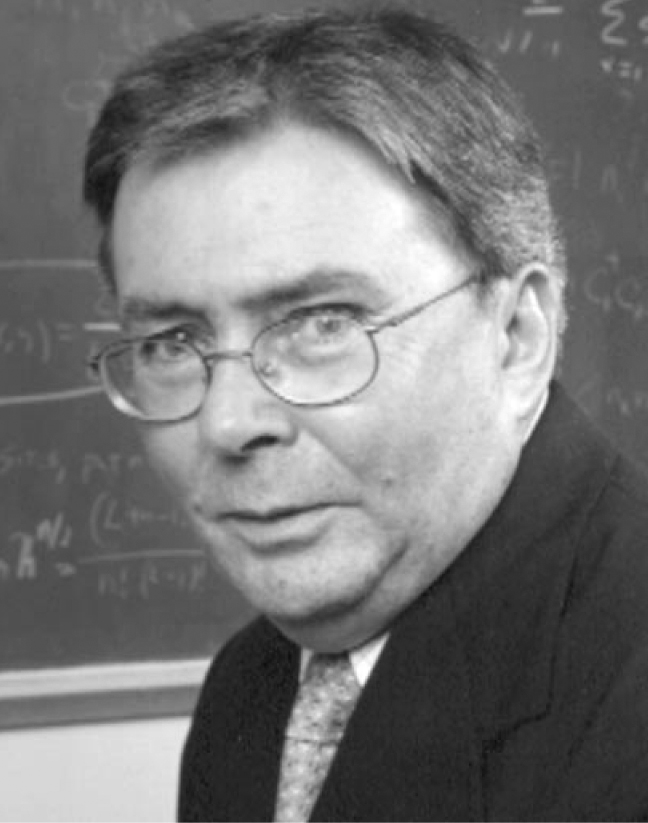Anthony Houghton
DOI: 10.1063/1.1809101
Anthony Houghton, a world-renowned theoretical condensed matter physicist, died of cancer on 28 July 2003 in Providence, Rhode Island.
Born on 4 October 1935 in Heanor, England, Tony received a BSc in mathematical physics from the University of Birmingham in 1956. His 1959 PhD thesis, “Non-Perturbative Approach to Impurity Resistance in Metals,” was conducted at Birmingham under the supervision of Geoffrey Chester in the group of Rudolph Peierls. Tony carried out postdoctoral research at the Carnegie Institute of Technology (now Carnegie Mellon University) in Pittsburgh, Pennsylvania; the University of California, San Diego (UCSD); and at McMaster University in Hamilton, Ontario.
In 1963, Tony joined Brown University in Providence as an assistant professor in the physics department and rapidly rose through the academic ranks. During his career at Brown, he made many lasting contributions to condensed matter physics as the single author and coauthor of more than 90 papers. His early work focused on aspects of the Bardeen-Cooper-Schrieffer theory of superconductivity, including ultrasonic attenuation. In a well-known collaboration in 1973 with Franz Wegner, then at the Institut für Festkörperfoschung, KFA Jülich, Germany, Tony made an important contribution to renormalization group theory by developing a differential form of the recursion relations.
During the 1980s, Tony turned to the physics of strongly correlated electrons and carried out pioneering work on the use of the 1/N expansion to describe the Anderson impurity model. After the 1986 discovery of high-temperature superconductors, Tony worked with collaborators to develop a theoretical description of the melting of the vortex lattice; that description provided excellent agreement with experimental data.
Much of Tony’s attention during the 1990s was devoted to the physics of fermion liquids. Alan Luther and Duncan Haldane showed that bosonization could be extended to dimensions greater than one, and Tony spent much of that decade exploring the ramifications of those ideas. During that period, he also was Brown’s physics chair (1992–98).
Tony held visiting professorships at many European and American institutions, including Oxford University and UCSD. He held Science Research Council fellowships and, in 1977, won an Alexander von Humboldt Senior Scientist Award.
Tony was a superb teacher and mentor to his students and junior colleagues. He taught a wide range of classes, from introductory pre-med to many-body theory, and prepared and delivered his lectures with the utmost care and diligence. Throughout his life, Tony ventured into new physics with the energy and determination of a young person just starting in the field, and he did not take the easy way out. He worked through every complicated calculation himself and understood each detail of all of his collaborative efforts, whether with his students or other researchers. Colleagues would pass by his office and see him bent over his desk doing page after page of calculations to fill in the details of important papers in an emerging field; he was convinced that this was the only way to truly master a new subject.
Despite a diagnosis of cancer in early 1999, Tony maintained high spirits and often used his wry sense of humor to calm his concerned colleagues. He continued to work on strongly correlated systems during a period of remission. But in late 2002, the cancer reappeared and his condition deteriorated quickly. A blackboard covered with equations and derivations remained in his office after his death.

Anthony Houghton
BROWN UNIVERSITY

More about the Authors
Sean Ling. Brown University, Providence, Rhode Island, US .
Brad Marston. Brown University, Providence, Rhode Island, US .
Bob Pelcovits. Brown University, Providence, Rhode Island, US .
